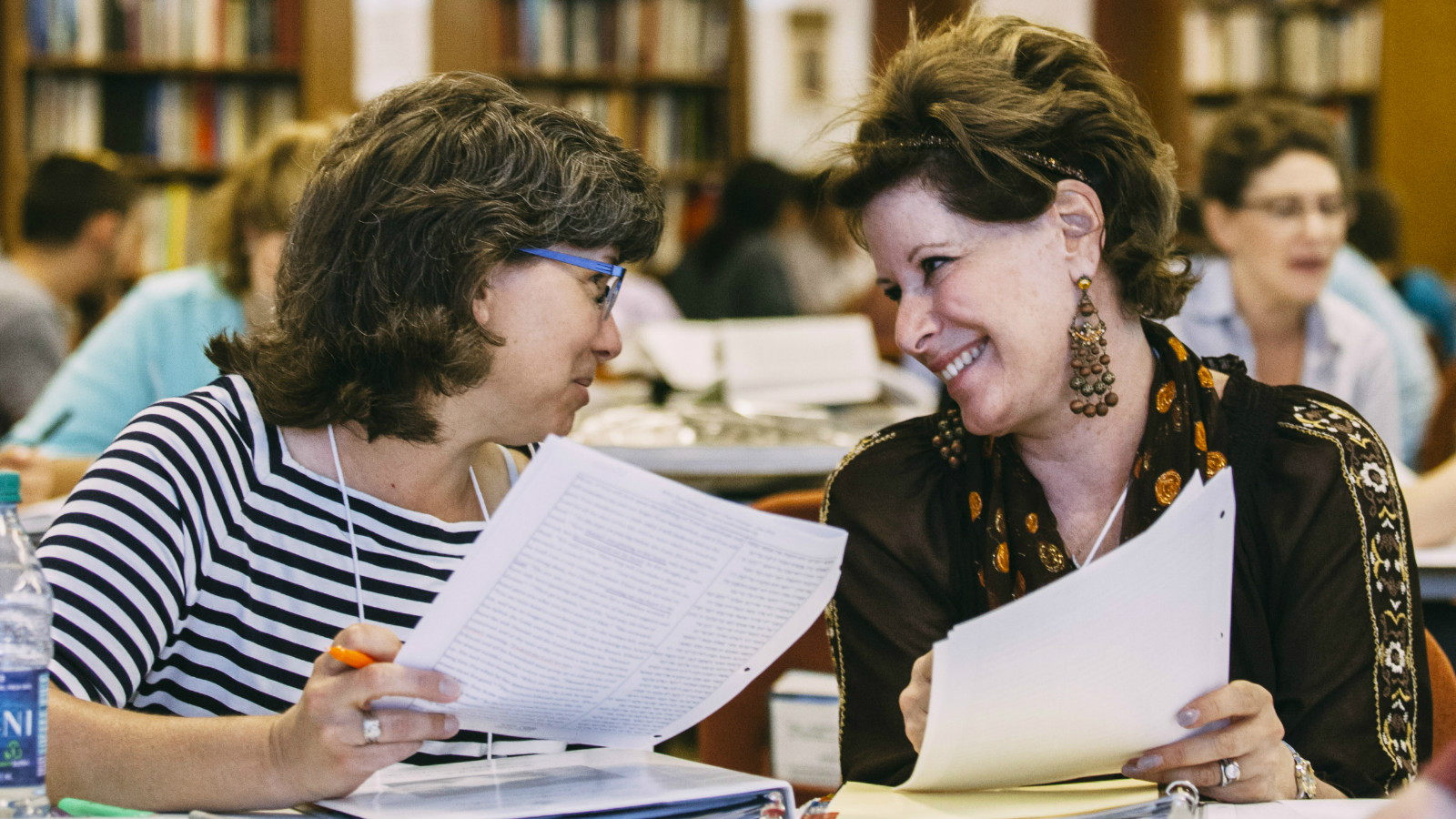Responsa literature — she’elot u-teshuvot, literally “questions and answers” — is a characteristic and enduring form of Jewish legal writing. Unlike codes, which survey entire swaths of Jewish law, responsa address specific legal questions posed by individuals or communities. Any rabbi may author a responsum, but over the generations certain rabbis became particularly trusted and their opinions heavily sought out. Often, the questions these poskim (“deciders”) answered dealt with novel challenges not anticipated by earlier generations. Frequently, responsa from a single posek are collected and published together.
Responsa have been written for over a thousand years. While the Talmud occasionally records that rabbis answered legal inquiries by letter, responsa literature really began to take shape during the Geonic period (roughly 7th–11th centuries CE), when Jewish communities in North Africa, Spain and Europe began sending halakhic inquiries to the leading rabbinic academies in Babylonia, then the foremost Jewish authorities. These questions covered everything from Sabbath observance to inheritance disputes, from the kosher status of unfamiliar animals to how to navigate relations with non-Jewish authorities.
The geonim answered these queries in writing, grounding their rulings in talmudic precedent while applying it to new circumstances. Their responses — sometimes terse, sometimes lengthy and discursive — were preserved and circulated, setting the foundation for a robust and evolving corpus. As Jewish life expanded across the globe in Europe, North Africa, the Americas and beyond, so too did the responsa tradition. The tradition of writing responsa has continued right up until today. Because later rabbis often respond to earlier rulings, this genre creates a chain of ongoing Jewish conversation. In this way, the literature exemplifies halakhah as a living process — grounded in tradition, but responsive to change.
Responsa vary widely in tone and approach. Some are strictly legalistic, citing talmudic sources, codes and precedent in technical detail. Others incorporate pastoral sensitivity, philosophical reflection or historical context. The authority of a responsum depends on the standing of the rabbi who issued it, the strength of the legal argument and the community’s willingness to accept the ruling.
With your help, My Jewish Learning can provide endless opportunities for learning, connection and discovery.
In the modern period, many reponsa have been written to address technological and social changes. For example, when electricity became common in households, rabbis had to determine if its use violated Shabbat. Was lighting a bulb the same as kindling a fire (a forbidden form of labor)? Was flipping a switch to complete a circuit the same as building a structure (also a forbidden form of labor)? When birth control and reproductive technologies became available, rabbis weighed in on whether Jews would be allowed to use them. When women asked the tradition to reconsider their role, authorities had to determine whether they would ordain women as rabbis (and came to different conclusions). When the Covid 19 pandemic drove communities into lockdown, rabbis weighed in on whether it was permissible to say prayers requiring a minyan, a quorum, in a virtual meeting.
From an anthropological perspective, responsa are revealing cultural artifacts. Because they are generated in response to real and timely questions, they preserve details about everyday Jewish life that are often absent from other sources. Through responsa, scholars have gleaned insights into medieval trade networks, gender roles, medical practices and many challenges of modernity.
Today, responsa continue to be written by rabbis across the Jewish denominations. Many modern responsa are now published in print and online, making them more accessible to scholars and laypeople alike. Some are collaborative, drawing on the expertise of specialists in medicine, science or law. Others are participatory, inviting dialogue between rabbi and community.
Responsa literature is both deeply traditional and profoundly adaptive, taking seriously both authoritative Jewish texts and the lived experiences of Jews. Whether studied for legal insight or historical research, responsa offer a uniquely intimate view of how Jews have strived — and continue to strive — to live out their religious commitments in a changing world.
Talmud
Pronounced: TALL-mud, Origin: Hebrew, the set of teachings and commentaries on the Torah that form the basis for Jewish law. Comprised of the Mishnah and the Gemara, it contains the opinions of thousands of rabbis from different periods in Jewish history.


